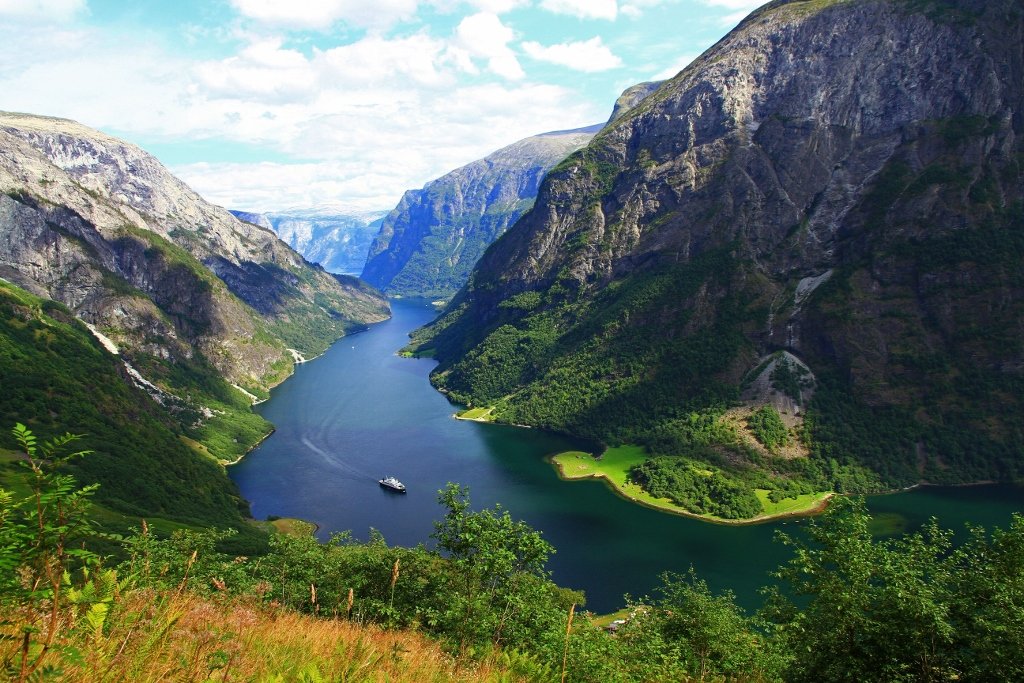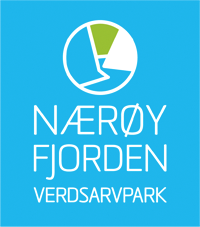
UNESCO World Heritage Center
World heritage
World heritage can be found in places that are particularly important for natural and cultural history in the world. They are places created both by man and nature, and an important part of human history. World heritage is something we have received as a gift from the past, and it is something we not only have to live up to, but must take care of for the generations that come after us. The earth's cultural and natural heritage is not only an irreplaceable source of knowledge, but pure inspiration for us who live now, a sensation we have the responsibility to pass on to our children, and their children after them.
The diversity of our world heritage is incredible and includes unique natural and cultural sites such as the pyramids in Egypt, the Great Barrier Reef in Australia and the West Norwegian Fjord landscape. Part of what makes World Heritage so unique is that World Heritage is universal. A town, building or area that is on the World Heritage List belongs to all people, no matter where in the world the town is located.
UNESCO is part of the United Nations, and is their organization for education, science and culture. UNESCO encourages the identification of cultural and natural heritage that is considered to have an outstanding, universal value, and they encourage the protection of this heritage throughout the world. This is part of the "Convention for the Protection of the World's Cultural and Natural Heritage", an agreement adopted by UNESCO in 1972.
The world heritage list currently contains over 1,000 sites, both cultural sites and natural areas. To be included in the world heritage list, one must meet at least one of ten selected criteria. These criteria are often adjusted by the World Heritage Committee to reflect the development of the World Heritage concept. In Norway, the Ministry of Climate and Environment is responsible for nominating places for the list.
You can read more about the purpose of UNESCO World Heritage here .
UNESCO World Heritage Center
The UNESCO World Heritage Center was established in 1992, and is both the headquarters of and coordinator within UNESCO when it comes to all world heritage-related topics
The World Heritage Center is responsible for the day-to-day management and follow-up of the criteria that are the basis for obtaining World Heritage status. In connection with this, the center organizes annual meetings for the world heritage committee and the working committee.
The World Heritage Committee consists of representatives of 21 of the nations that are members of the convention, and is selected by the general assembly. The committee is responsible for implementing the World Heritage Convention, for defining the use of the World Heritage Fund and for distributing financial assistance at the request of the various relevant national ministries. It is the World Heritage Committee that decides whether a town, natural area or building is included on the World Heritage List. The working committee consists of seven representatives from member nations who are chosen annually by the committee. Their job is to coordinate the work and meetings of the committee.
The UNESCO Center gives advice to nations that are in the process of nominating areas or places to be part of the world heritage list. They also organize international assistance from the World Heritage Fund on demand. The center coordinates both reports on the status of the nominated sites that wish to be added to the world heritage list, and what emergency measures must be put in place in case they are unsafe.
The center is responsible for organizing technical seminars and workshops and for updating the World Heritage List's database. In addition, they are responsible for preparing learning materials to increase knowledge among young people about why it is important to take care of our shared world heritage for the future. The center also aims to inform people in general about world heritage-related issues.
You can see the home page of the UNESCO World Heritage Center here .
The Norwegian UNESCO Commission
The Norwegian UNESCO Commission is a link between civil society and Norwegian authorities. It consists of 12 members appointed by the Ministry of Knowledge. These members must have expertise in at least one of UNESCO's specialist areas. The UNESCO Commission is an advisory body for Norwegian authorities and acts as a link between the authorities and the professional community in UNESCO's area of responsibility. The commission distributes subsidies through a subsidy scheme once a year. The Ministry of Education has secretariat responsibility for the UNESCO Commission.
You can find more information about UNESCO and world heritage here .
